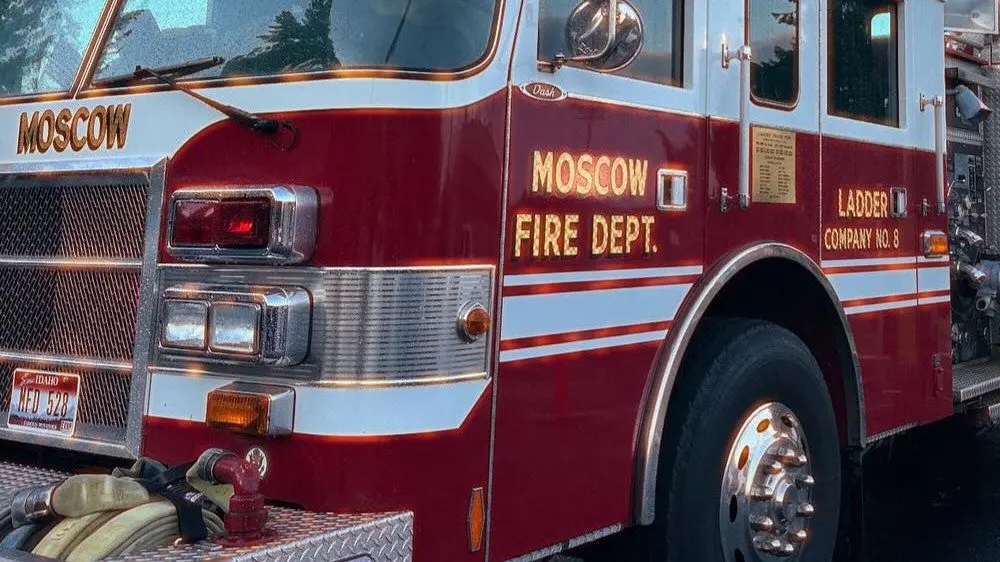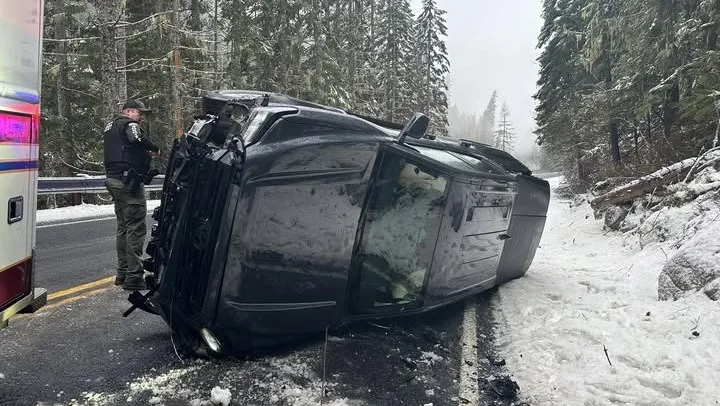School days bring congestion: Yellow school buses are picking up their charges, kids on bikes are hurrying to get to school before the bell rings, harried parents are trying to drop their kids off before work.
It’s never more important for drivers to slow down and pay attention than when kids are present – especially before and after school.
If You’re Dropping Off
Schools often have very specific drop-off procedures for the school year. Make sure you know them for the safety of all kids. More children are hit by cars near schools than at any other location, according to the National Safe Routes to School program. The following apply to all school zones:
- Have passengers and children in car seats on the passenger side so as they do not exit into the roadway
- Don’t double park; it blocks visibility for other children and vehicles
- Don’t load or unload children across the street from the school
- Carpool to reduce the number of vehicles at the school
- Don’t make U-Turns in congested areas
Sharing the Road with Young Pedestrians
According to research by the National Safety Council, most of the children who lose their lives in bus-related incidents are 4 to 7 years old, and they’re walking. They are hit by a motorist illegally passing a stopped bus. A few precautions go a long way toward keeping children safe:
- Don’t block the crosswalk when stopped at a red light or waiting to make a turn, forcing pedestrians to go around you; this could put them in the path of moving traffic
- Stop and yield to pedestrians crossing the crosswalk or intersection
- Always stop for a school patrol officer or crossing guard holding up a stop sign
- Take extra care to look out for children in school zones, near playgrounds and parks, and in all residential areas
- Don’t honk or rev your engine to scare a pedestrian, even if you have the right of way
- Never pass a vehicle stopped for pedestrians
- Always use extreme caution to avoid striking pedestrians wherever they may be, no matter who has the right of way
- Watch for pedestrians entering the roadway from between vehicles, or exiting parked cars
Sharing the Road with School Buses
If you’re driving behind a bus, allow a greater following distance than if you were driving behind a car. It will give you more time to stop once the yellow lights start flashing. It is illegal in all 50 states to pass a school bus that is stopped to load or unload children.
- Never pass a bus from behind – or from either direction if you’re on an undivided road – if it is stopped to load or unload children
- If the yellow or red lights are flashing and the stop arm is extended, traffic must stop
- The area 10 feet around a school bus is the most dangerous for children; stop far enough back to allow them space to safely enter and exit the bus
- Be alert; children often are inexperienced and unpredictable, and they tend to ignore hazards and take risks
Sharing the Road with Bicyclists
On most roads, bicyclists have the same rights and responsibilities as vehicles, but bikes can be hard to see. Children riding bikes create special problems for drivers because usually they are not able to properly determine traffic conditions. The most common cause of collision is a driver turning left in front of a bicyclist.
- When passing a bicyclist, proceed in the same direction slowly, and leave 3 feet between your car and the cyclist
- When turning left and a bicyclist is approaching in the opposite direction, wait for the rider to pass
- If you’re turning right and a bicyclists is approaching from behind on the right, let the rider go through the intersection first, and always use your turn signals
- Watch for bike riders turning in front of you without looking or signaling; children especially have a tendency to do this
- Be extra vigilant in school zones and residential neighborhoods
- Watch for bikes coming from driveways or behind parked cars
- Check side mirrors before opening your door
Tips for a Safe Bus Ride
National Safety Council reports school buses are the safest way for students to travel, but children also need to do their part to stay alert and aware of their surroundings to prevent injury. National Safety Council urges parents to teach their children the following safety rules for getting on and off the bus, and for exercising good behavior while riding.
Some 25 million students nationwide begin and end their day with a trip on a school bus. Designed for safety, with flashing lights, giant mirrors, high seat backs and that bright yellow color, school buses keep more than 17 million cars away from school buildings every day.
Getting on the Bus:
- When waiting for the bus, stay away from traffic and avoid roughhousing or other behavior that can lead to carelessness
- Do not stray onto the street, alleys or private property
- Line up away from the street or road as the bus approaches
- Wait until the bus has stopped and the door opens before approaching the bus
- Use the handrail when boarding
Behavior on the Bus:
- If seat belts are available on the bus, buckle up
- Don’t speak loudly or make loud noises that could distract the driver
- Stay in your seat
- Don’t put your head, arms or hands out the window
- Keep aisles clear of books and bags
- Get your belongings together before reaching your stop
- Wait for the bus to stop completely before getting up from your seat
Getting Off the Bus:
- Use the handrail when exiting
- If you have to cross in front of the bus, first walk at least 10 feet ahead until you can see the driver
- Make sure the driver can see you
- Wait for a signal from the driver before crossing
- When the driver signals, look left, right, then left again. Walk across the road and keep an eye out for sudden traffic changes
- If your vision is blocked, move to an area where you can see other drivers and they can see you
- Do not cross the center line of the road until the driver signals it is safe
- Stay away from the rear wheels of the bus at all times
More school-age pedestrians have been killed during the hour before and after school than any other time of day, according to NHTSA. And, although drivers are required by law to stop for a school bus when it’s loading or unloading passengers, they often don’t. Children should not rely on them to do so and take preventative steps for if they don’t.




